News

Human Rights Day 2025: Honoring Dignity and Supporting Recovery
Every year on December 10, we recognize Human Rights Day. The day is a reminder that every person deserves safety, respect, and the chance to live a healthy life. This year the observance carries more weight as conversations about mental health and substance use continue to grow.

National Adoption Awareness Month: Honoring Resilience and Healing
This month, we honor adoptees who turn adversity into advocacy, many of whom become mentors, counselors, or champions for others walking similar paths. Their experiences remind us that healing is not a straight line, but a journey made possible through compassion, understanding, and connection.

Honoring Loss and Healing Through Día de los Muertos in Southwest Virginia
For many in our region, this time of remembrance can also stir feelings about loved ones lost to substance use. The New River Valley and surrounding areas have felt the deep impact of addiction, and behind every statistic is a person who was part of someone’s family, someone’s story, and someone’s heart.

Prevention Through Connection: How Supportive School Environments Help Students Thrive
Prevention science highlights the importance of protective factors, conditions that buffer against risk and support healthy youth development. In schools, these protective factors are especially powerful because they are intertwined into the daily lives of young people. By intentionally strengthening these supports, schools not only reduce the likelihood of problem behaviors such as substance use, bullying, or absenteeism but also promote resilience, positive mental health, and academic success.

Voices of the New River Valley: Human Stories of Trauma, Substance Use, Resilience, and Recovery
To contribute to ongoing anti-stigma work and to elevate the voices of people with lived experience, our partners across the New River Valley began a collaborative project to share personal stories of people with histories of substance use.
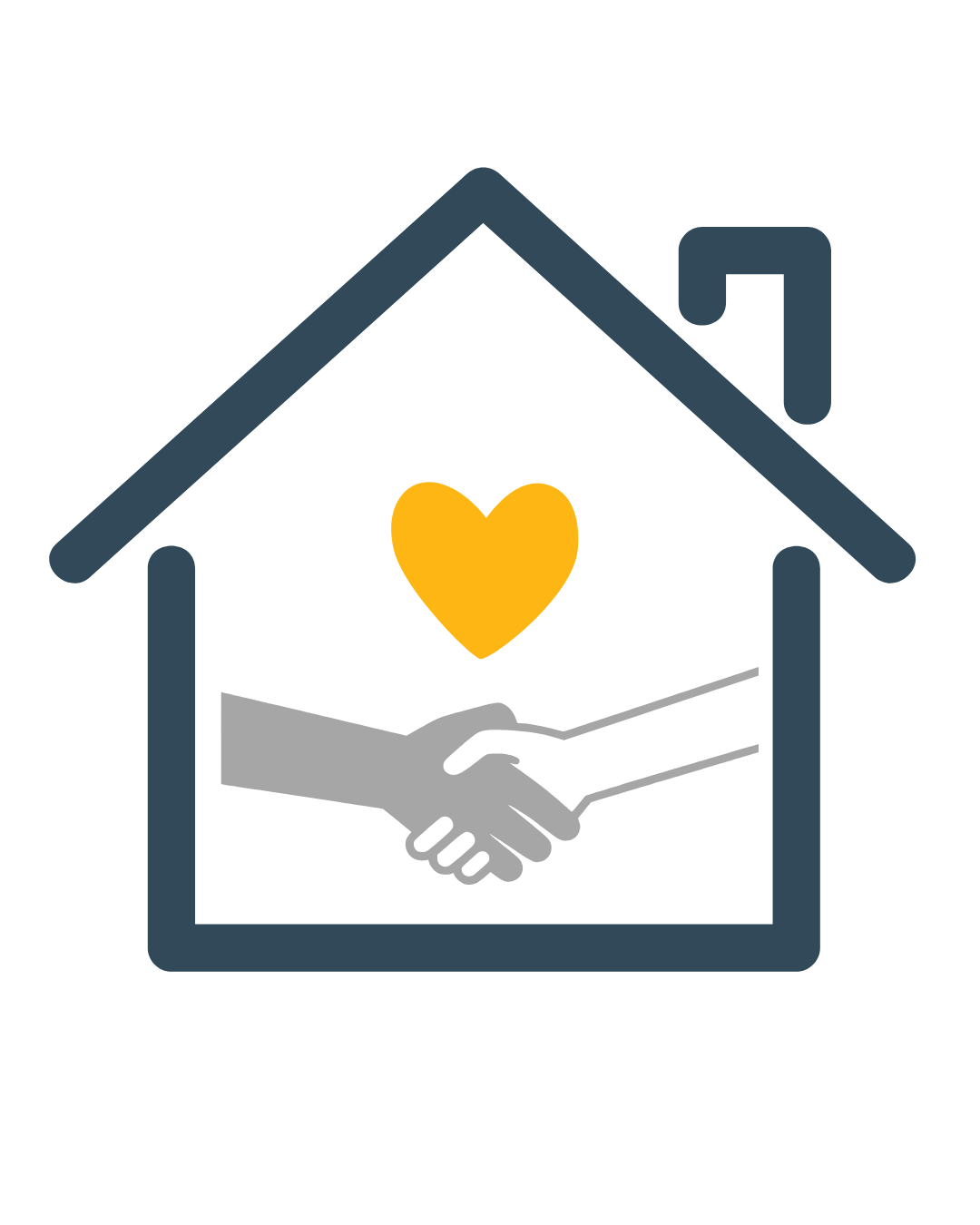
Growing Together: The Expansion of Peer Recovery in the NRV
At the heart of every Peer Center is a simple but powerful idea: recovery grows in community. These centers offer more than just resources—they provide a safe place to learn, connect, relax, and rediscover interests and skills to apply to a life in recovery.
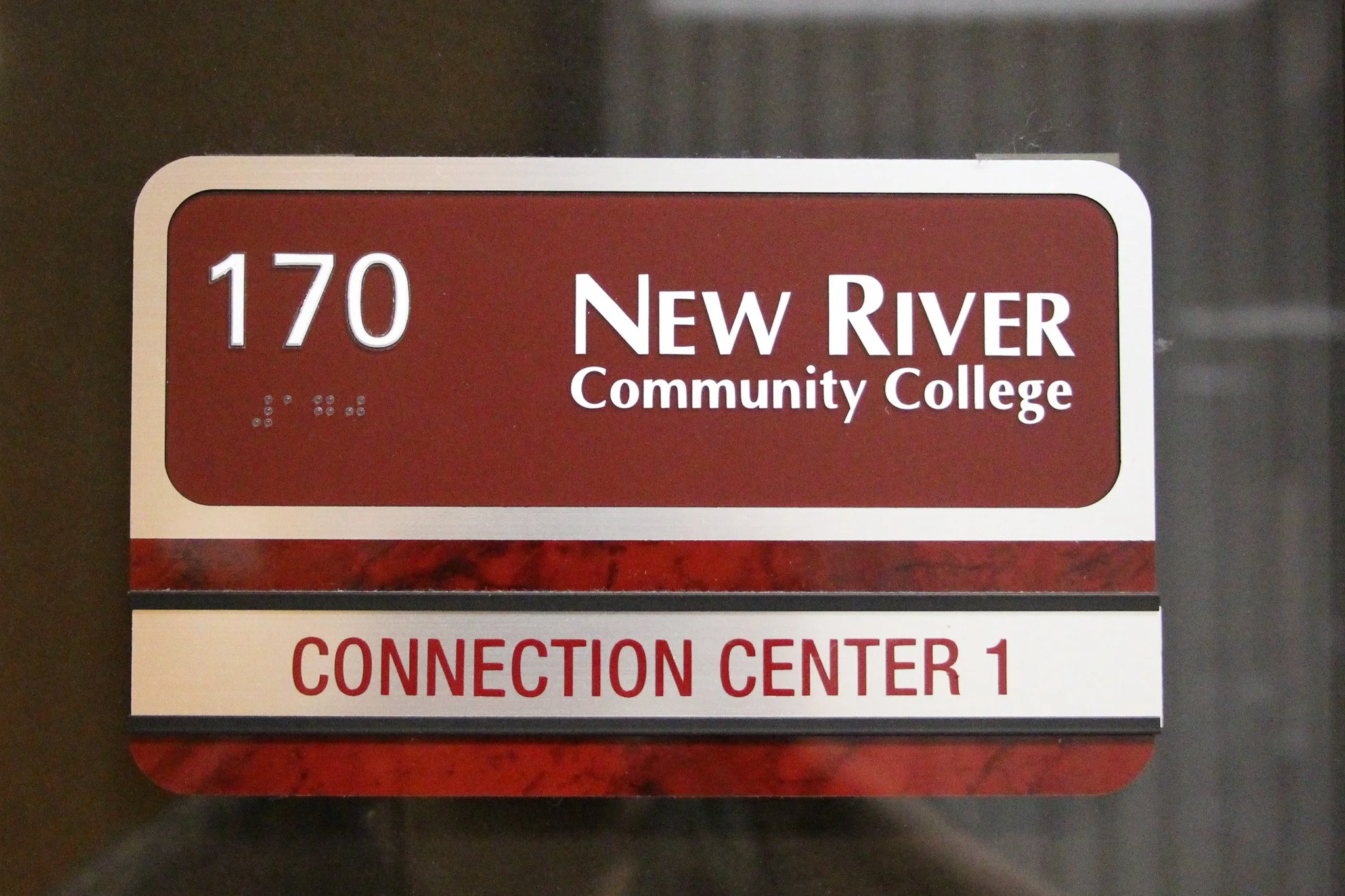
NRCC Connection Center
This fall, students at New River Community College will have access to the school’s brand new collegiate recovery space. Located in Godbey Hall, the Connection Center is open to all students. Chad Fox, the Recovery Program Specialist of NRCC, explained how a key goal of the new space is to reduce stigma through community building on campus.
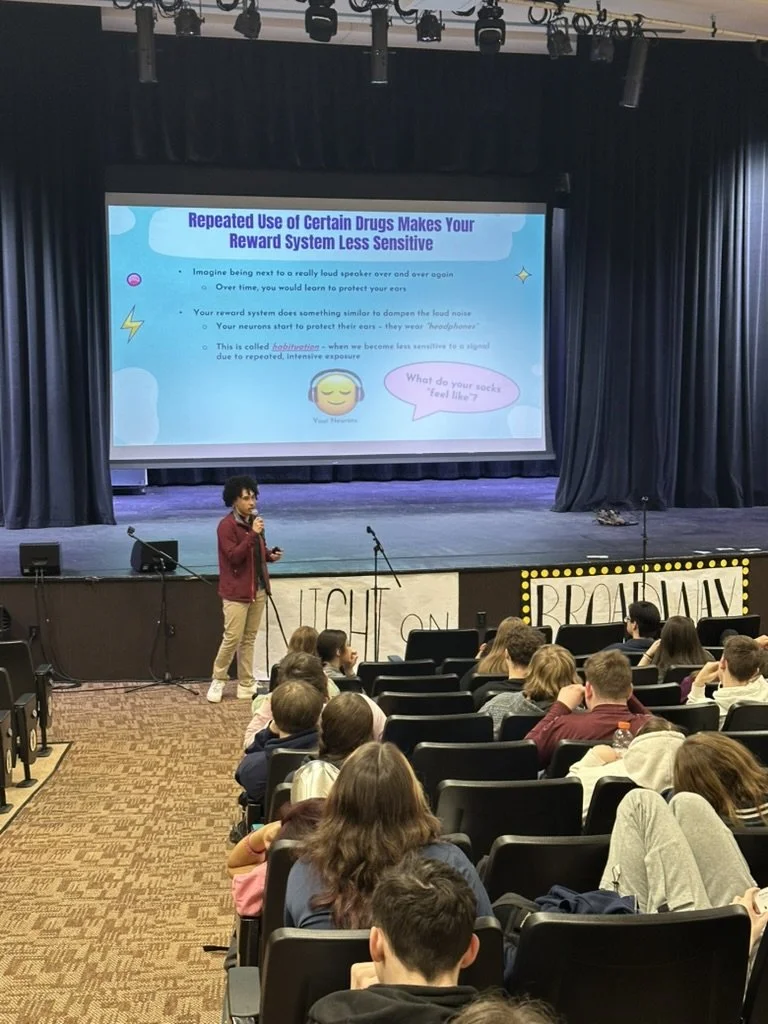
Just Say Know
Just Say Know (JSK) is a science-based substance-use prevention program aimed at teen and pre-teen audiences facilitated by college students and recent graduates.
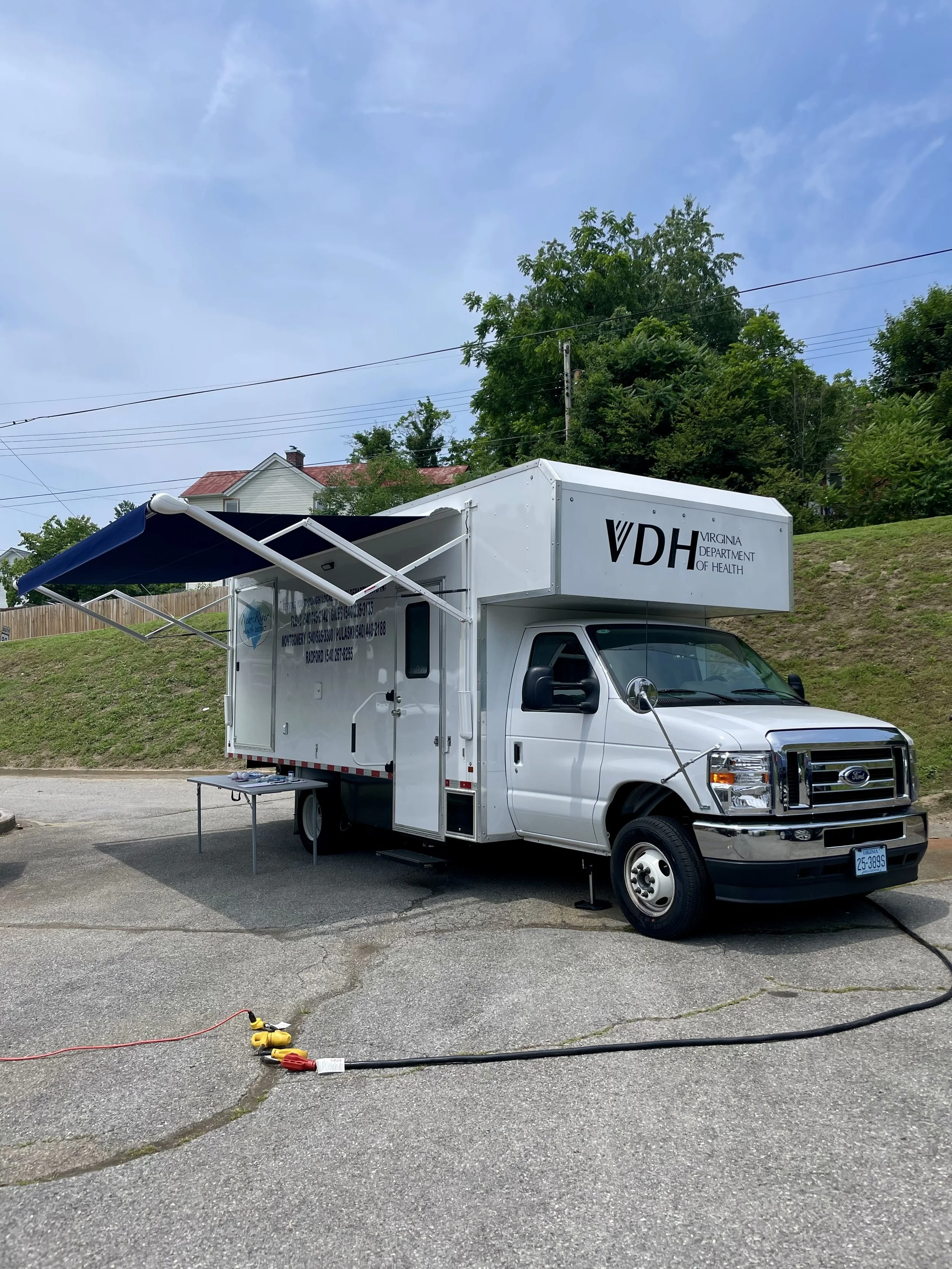
Where You Are: Mobile Care in Action
Mobile outreach is a gold standard in community health. It’s built on a simple but powerful idea: meet people where they are.

Nature and Mental Health: A Natural Connection
Spending time in nature can reduce stress, improve sleep, and boost overall wellbeing. Research shows it helps lower cortisol (a stress hormone), calms the nervous system, and provides a mental break from the constant stimulation of modern life.

WDBJ7: Changes made in the way substance use and homelessness are treated in Pulaski
The InStill team has quadrupled in size since moving to Pulaski at the beginning of 2023 when the group began developing a robust Peer Recovery program after consulting with community members. This program has now served well over 100 people and is beginning to change the way substance use and homelessness are treated in Pulaski.

The Neuroscience of Addition Panel Discussion
On April 14th, members of our community came together for an opportunity to better understand the challenges our region faces. The Neuroscience of Addiction: Where Science Meets Policy was an event consisting of a presentation on the impacts of substance use on the brain from Virginia Tech students, followed by a panel discussion.

Honoring Veterans by Supporting Healing
This Memorial Day, remember those who made sacrifices for our freedom, and advocate for their well-being every day.

Exploring the Connection between Kinship Caregiving and Substance Use Disorder Prevention
This past Sunday was Mother's Day, and Father’s Day lies just around the corner. As you celebrate these holidays, we invite you to reflect on your relationships with your caregivers and loved ones. Family support provides valuable structure as we navigate the world around us. Yet sometimes parents face challenges with keeping families together.

Understanding the Connection between Child Abuse and SUD
The relationship between child abuse and substance use disorder is complex and deeply rooted in trauma. While many people who experience childhood abuse do not develop substance use disorders, the risk is higher, and the effects of abuse can be lifelong.

Kaine & Banks Introduce Bipartisan Bill to Support Mental Health Care and Substance Use Disorder Recovery
WASHINGTON, D.C. – Today, U.S. Senators Tim Kaine (D-VA) and Jim Banks (R-IN), members of the Senate Health, Education, Labor and Pensions (HELP) Committee, introduced the Providing Empathetic and Effective Recovery (PEER) Support Act, bipartisan legislation to support mental health care and substance use disorder recovery.

Updated and Expanded OBOT Treatment Coming to the New River Valley
The mission is to provide affordable, high-quality medical, dental, behavioral, and preventive health care services to people of all ages and circumstances, regardless of their ability to pay. The Health Center is the only health care entity in our service area that offers comprehensive, integrated outpatient services on a sliding fee scale to low-income, uninsured, and underserved populations.
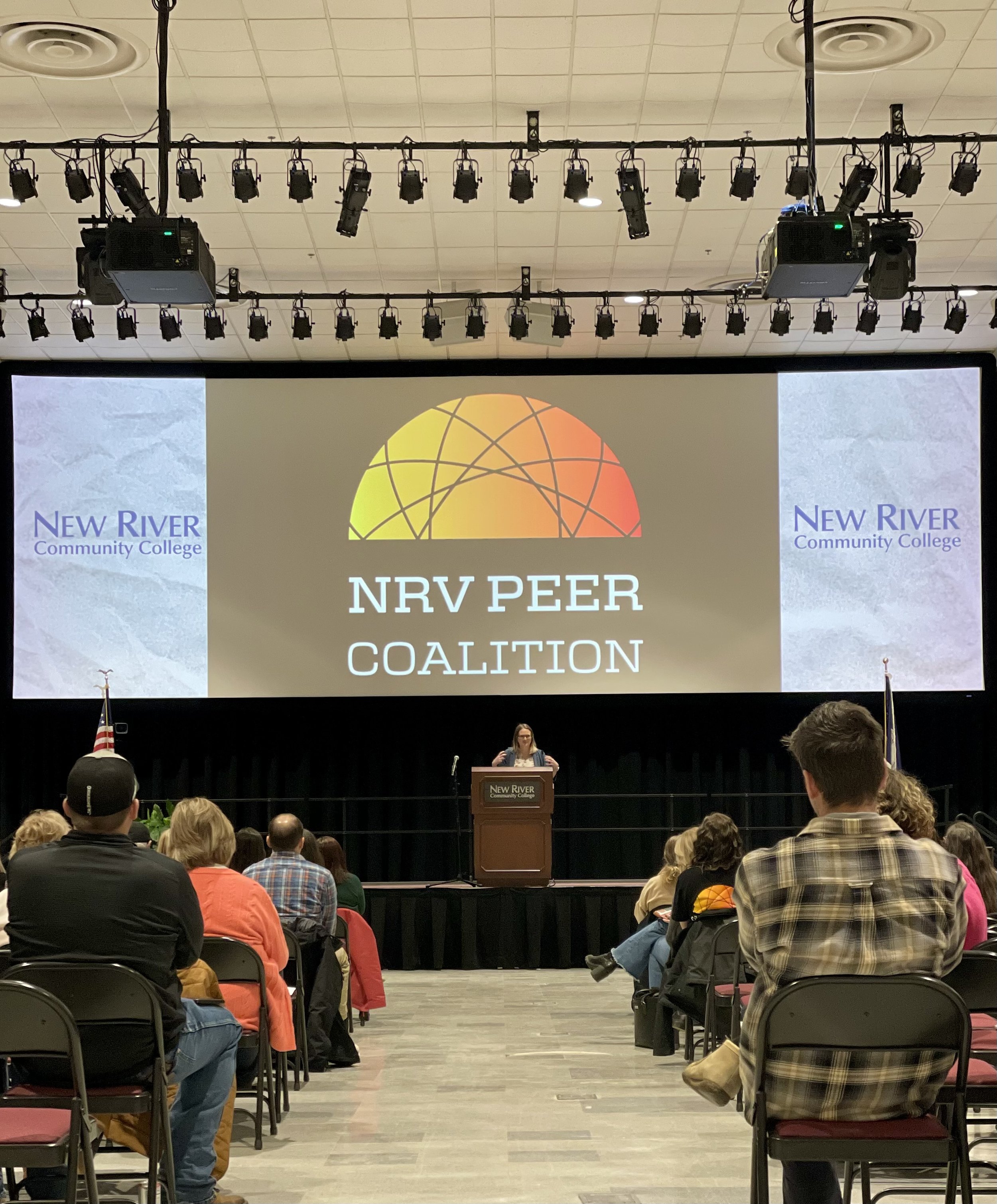
Peer Network Growing in the New River Valley
The New River Valley Peer Coalition is a network of Peer Specialists and allies striving to foster hope and healing in the region. The coalition will expand on these strengths by offering a collaborative space that fosters two main principles: relationships and development.
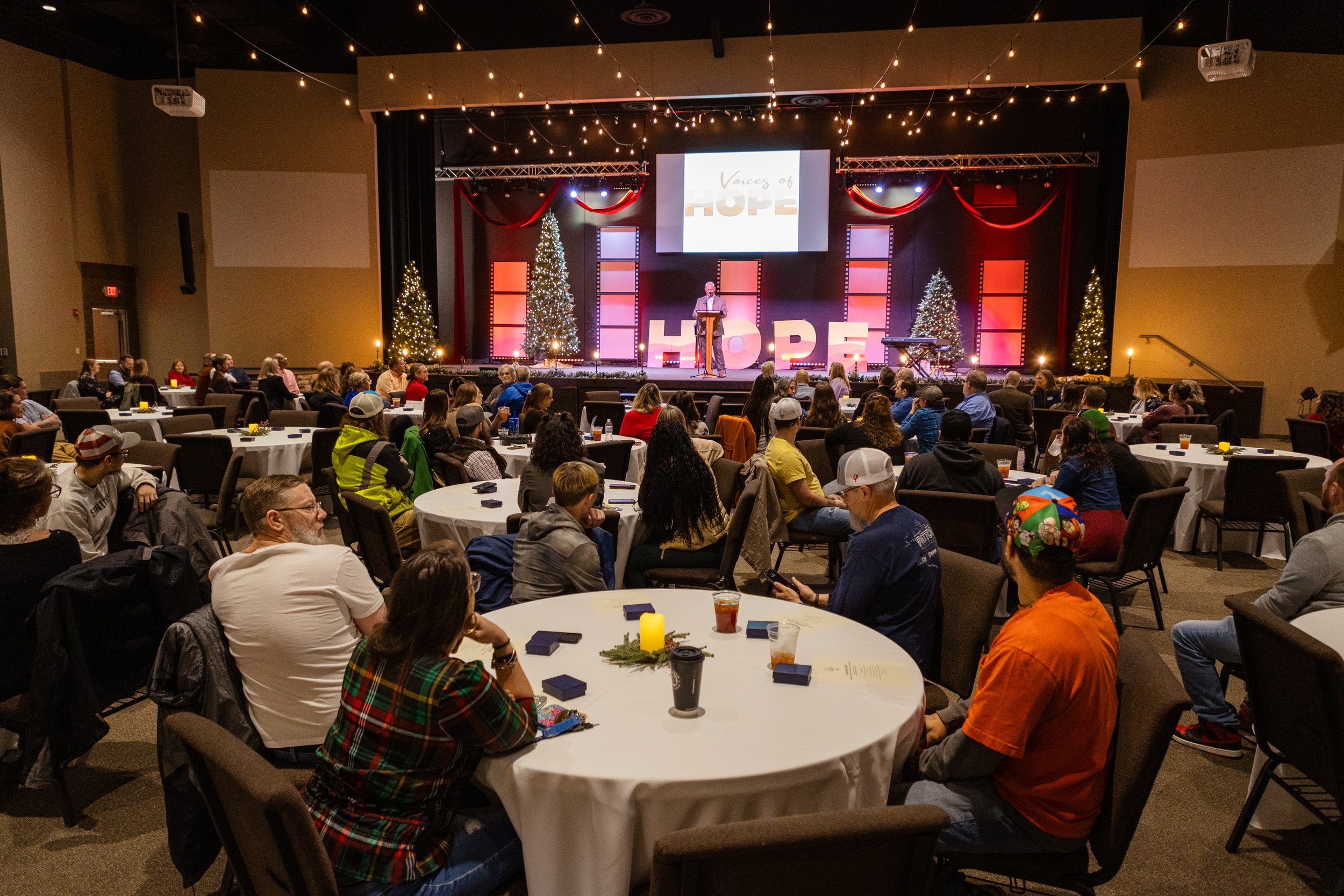
NRVCS Recovery Court Offers Pro-Social Activities to Aid Recovery
Addiction is isolating in nature, and degrades social connections. Reengaging in community activities counteracts this by shifting an individual's focus to spending time with others, volunteering, and communal support. These prosocial behaviors act as a protective layer in the recovery journey.

Recovery and Workforce Development
How can we support people in recovery by providing opportunities to secure meaningful employment throughout our region? To find out, we spoke with Marty Holliday, the executive director of the New River and Mt. Rogers Workforce Development Board.